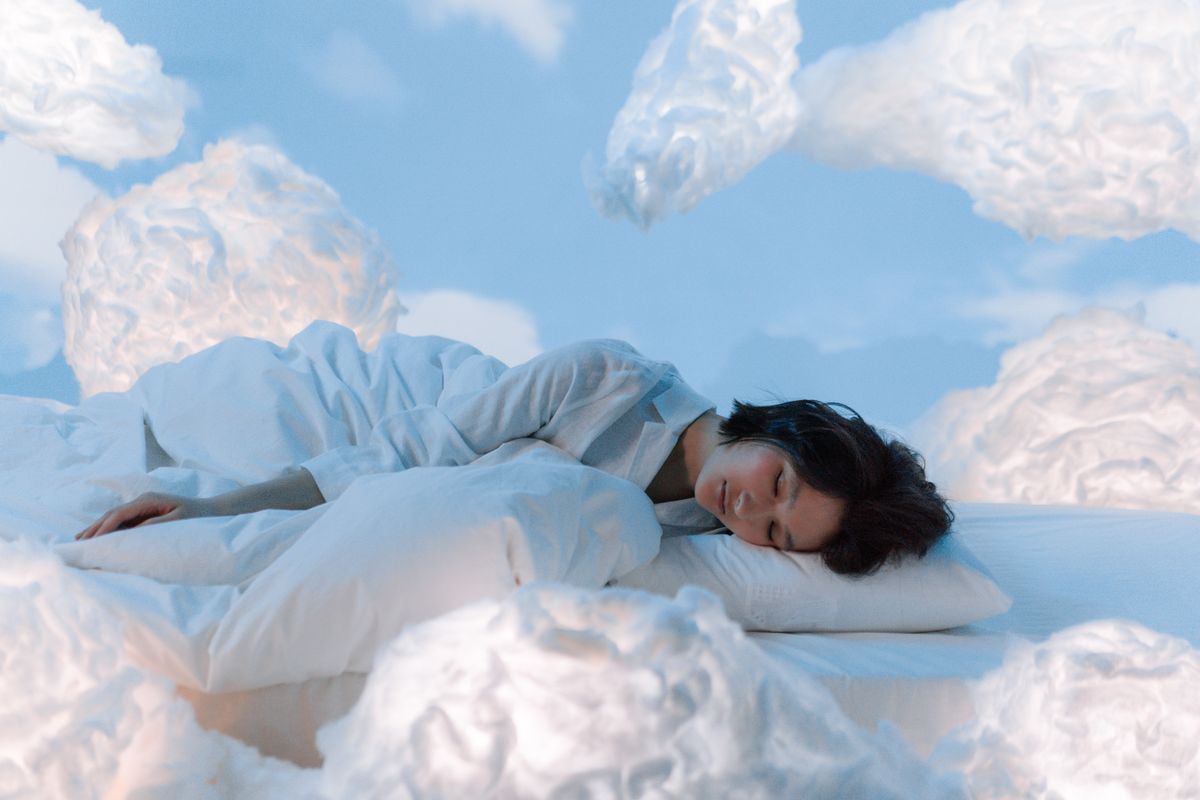A look into artist Doreen Chan’s AI-powered dream matching project, HalfDream
Experiencing nonsensical dreams every so often is normal, but why do they happen?

A few minutes every morning is all you need.
Stay up to date on the world's Headlines and Human Stories. It's fun, it's factual, it's fluff-free.
Why, exactly, do we dream when we sleep? Clinical psychologist and research scientist Dr. Philip Cheng at the Sleep Disorders and Research Center at Henry Ford Health says there’s evidence that REM sleep “may help wire our brains to improve motor development,” developing our reflexes. And it “may help our memory by strengthening neural connections in the brain.”
So, what’s behind those really bizarre, seemingly random dreams? Experiencing these nonsensical dreams every so often is normal, but why do they happen? According to researcher Dr. Robert Stickgold, an Associate Professor of Psychiatry at Harvard Medical School’s Center for Sleep and Cognition: “Your brain is looking for associated memories that are relevant to recent events. ... The brain is acting like a venture capitalist.” It’s trying to problem-solve within the context created within itself by throwing whatever’s already stored in your memory at the imagined situation.
These strange dreams inspired Hong Kong-born artist Doreen Chan Wing-yan to create her “HalfDream” project in 2020. “I came up with the idea of collecting dreams back in 2020 when I’d just moved to Chicago to study art education,” explains Chan, known for her multimedia works. “At the time, Hong Kong society was in turmoil, and a lot of families were broken up because of political differences. ... There wasn’t much I could do as an artist to help mend rifts. But I thought I could work on using dreams to help people connect beyond their usual identities.”
She wanted to create a site for connecting people based on their vivid, weird dreams and asked the Burger Collection art patron group in Hong Kong for support in creating it.
Now, HalfDream.org has grown into an interactive archive that can be used by participants to connect with others all over the world by uploading the details of their dreams. Part of the project involves artificial intelligence (AI), which analyzes this dream info to match users based on similarities. Depending on how the piece is shown in a specific gallery, some participants are also creating dream-inspired physical art.
So next time you wake up from an odd dream, it might be a good idea to record it on the HalfDream site.




Comments ()